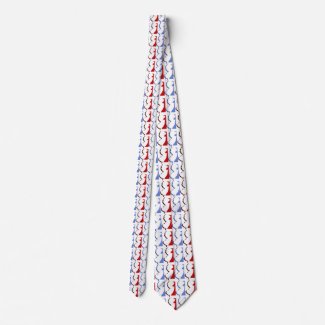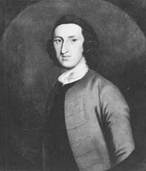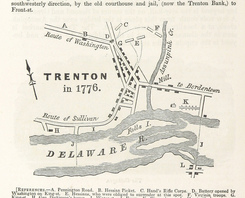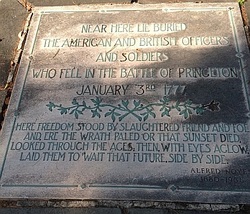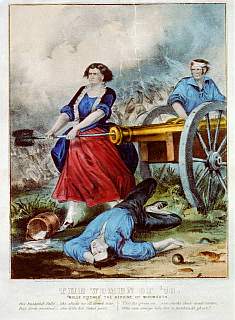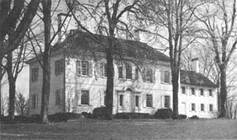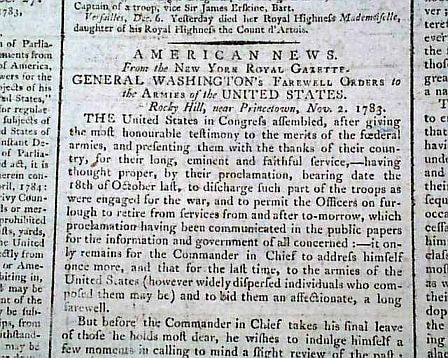|
* Home
* History * Population * Government * Politics * Lobbyists * Taxes * State Symbols * Biographies * Economy * Employers * Real Estate * Education * Recreation * Restaurants * Hotels * Health * Environment * Stadiums/Teams * Theaters * Historic Villages * Historic homes * Battlefields/Military * Lighthouses * Art Museums * History Museums * Wildlife * Climate * Zoos/Aquariums * Beaches * National Parks * State Parks * Amusement Parks * Waterparks * Swimming holes * Arboretums More... * Gallery of images and videos * Fast Facts on key topics * Timeline of dates and events * Anthology of quotes, comments and jokes * Links to other resources |
History – Revolutionary War
|
|
-- 1783: Continental Congress meets in Princeton
In 1783, the Continental Congress convened in June at Princeton after hastily departing Philadelphia following a confrontation with soldiers of the Army who were frustrated over their lack of pay and continued conscription. While at Princeton, the Congress received Washington in August to offer its official appreciation for his service. On November 2, Washington issued his "Farewell Orders to the Armies of the United States" from his headquarters in Rocky Hill, just north of Princeton in what is now a section of Franklin Township in Somerset County. Congress also received notice in November of the formal end of the War with the signing in September of the Treaty of Paris. Washington's "Farewell Orders to the Armies of the United States" as printed in British newspaper.
Image: Library of Congress -- 1783-1787: Articles of Confederation
Following the Revolution, New Jersey became a somewhat uneasy participant in the union with her larger sister states. New Jersey trade was hurt by the refusal of merchants in Pennsylvania and New York to honor paper money authorized by the New Jersey Legislature. New York also enacted measures requiring duties and inspections of goods shipped across the Hudson to New Jersey, leading in 1785 to the New Jersey Legislature’s refusal to ratify legislation to allow the Congress to tax imports to raise revenue to fund the federal government. New Jersey’s show of defiance and her conflicts with other states over trade helped highlight the need for a new arrangement to govern the relations of the states. |
|
-- 1787: Constitutional Convention
At the Constitutional Convention convened in Philadelphia in 1787, New Jersey became the leading advocate of the interests of the smaller states. The “New Jersey Plan” advanced at the Convention by William Paterson proposed equal votes for each state in the two houses of the proposed federal legislature; the New Jersey plan was intended to oppose the proportional representation concepts incorporated in the “Virginia Plan” supported by the larger states. Ultimately, the Convention agreed on a compromise between the New Jersey and Virginia models, establishing the new Senate on the basis of the New Jersey model with equal representation to each state and the House of Representatives incorporating the Virginia approach in allocating the number of representatives on the basis of population. |
|
|
Historian Arthur Lefkowitz explains how New Jersey was the center of the Revolutionary War
|
* Native Americans * Exploration and Settlement * British colony * Royal governance
* Path to Revolution * Revolutionary War * Industrialization * Civil War * Post-War Economy & Reform * Woodrow Wilson as Governor * World War I & 1920s * Great Depression * World War II * Post-War Development * 1960s and Richard Hughes * 1970s & Income tax * 1990s-Whitman & Florio * 9/11 & McGreevey Administration * Codey & Corzine * Chris Christie * Phil Murphy |
